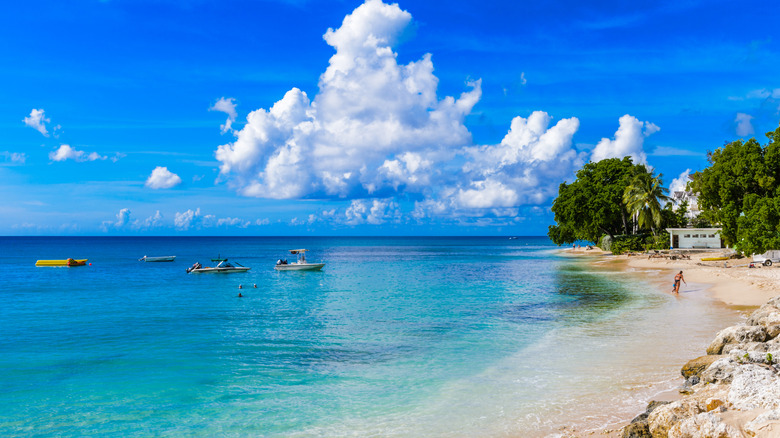If you’re drawn to crystal-clear waters, breathtaking landscapes, and a warm tropical climate, the Caribbean is an ideal destination for your next vacation. The allure of a beach holiday here is unmatched—imagine turquoise waters lapping against the shore, the sun shining brightly in the sky, and soft sand beneath your feet. It’s a scene that feels almost too perfect, especially for those who enjoy taking a dip in the sea. The beauty of the Caribbean’s natural environment can make it tempting to jump right into the water without a second thought.
However, the idyllic image might not tell the whole story. Many beaches in the Caribbean lack lifeguard supervision, which means there’s no one monitoring the water for hidden dangers. Sudden rip currents, strong undertows, and sharp drop-offs can pose serious risks. Even on days when the ocean looks calm, the sea can be unpredictable. Below the surface, coral, rocks, and hidden reefs are common, and while jellyfish aren’t present everywhere, they can appear unexpectedly, especially during warmer months.
For travelers accustomed to supervised and patrolled beaches at home, this lack of oversight can be unsettling. A seemingly harmless swim can quickly turn dangerous if you’re caught in a current or step on sharp coral. It’s crucial to stay alert: what appears safe from the shore may not be as secure once you’re in the water. When it comes to safety, it’s always better to be cautious than to take unnecessary risks.
How to Safely Swim at Caribbean Beaches

Don’t let the idea of a perfect Caribbean beach fade away—there are still ways to enjoy it safely without sacrificing the fun. One of the most important rules is to never swim alone at unsupervised beaches. Having a companion nearby makes it easier to handle unexpected currents or sudden waves, and it also provides a sense of security. Even if the beach seems calm, rip currents can form quickly, so it’s wise to stay close to shore and within areas that locals consider safe. Many beaches have buoys marking designated swimming zones, so staying within these boundaries is a good practice.
Practical tips include wearing water shoes to protect your feet from coral, rocks, and reefs that can cause painful injuries. Always check for any posted warnings about marine life, such as jellyfish, and review local weather conditions before entering the water. If you’re interested in spotting marine life, consider visiting lesser-known Caribbean islands that offer unique experiences. While enjoying a tropical cocktail might be tempting, it’s best to avoid drinking before swimming. Alcohol can impair judgment, which could lead to risky situations in the water.
The most effective safety measure? Choose beaches with lifeguard supervision. The Red Cross recommends only swimming in areas where trained staff are present. This way, you can relax and enjoy the beauty of the Caribbean without worrying about potential dangers. You don’t want your dream beach day to turn into a cautionary tale.
Ready to uncover more hidden treasures and expert travel advice? Subscribe to our free newsletter to gain access to the world’s best-kept travel secrets.



